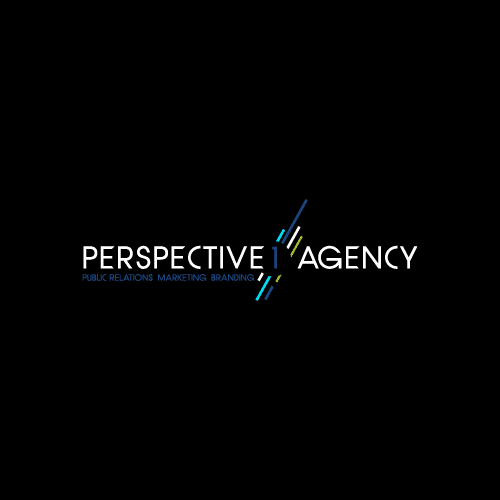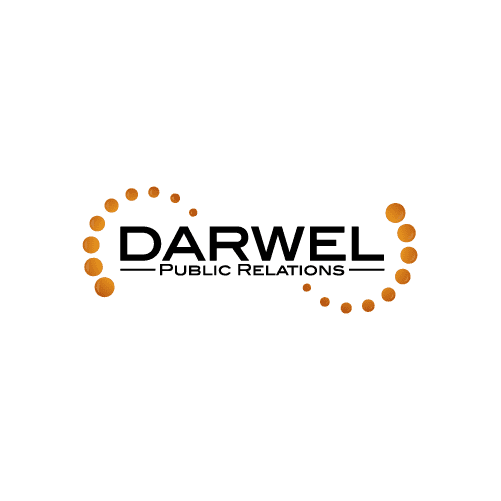
PUBLIC RELATIONS FIRM LOGOS WHICH WIN HEARTS & MINDS
Companies that are in the business of helping clients brand their respective companies need to have a knack for effectively marketing themselves. Reaching out to new customers constantly and creating unified brand images is all a part of their repertoire.
It shouldn't come as a surprise that public relations companies with a dull logo will have a tough time convincing clients to use their service.
A well designed brand image will not just stand out, but also invite clients to exclusively use your service to fulfill their marketing needs. The following are certain elements of logo design that you need to consider to prove your worth in the PR industry.
Design Preferences and What They Relay
Consulting a professional logo designer is the first step you should take. Graphic and art designers are well adept at determining which style of art is needed by business owners. Essentially, there are three types:
- Illustrative graphic images - these are image based designs showcasing the type of work your business specializes in
- Typography based images use creative typographies to spell out the name of your marketing agency in a distinct way.
- And, abstract graphic images link your business to an image that doesn't have to be directly related to marketing and PR, but rather symbolizes your values, name or company history.
Designers are at liberty to use a combination of these types if they wish. Many PR image designs contain a good mix of typography and graphics to identify a company's name or slogan. Similarly, abstract images can be used to symbolize your brand message.
Colors Say it All
Audiences are going to perceive your business according to the way you make use of color psychology to woo your customers. For instance:
- Red is linked to emotional intensity and passion
- Yellow communicates optimism as it's an upbeat and vibrant color
- Blue connotes feelings of calm and is also tied to loyalty
Color psychology can differ depending on where your target audience is coming from. Always consider this because your marketing agency may be dealing with international prospects as well.
The colors you pick communicate a thing or two about your PR business. Stick with primary colors if you wish to reel in conservative clients belonging to traditional industries; these convey a sense of trust and timelessness.
Fun-centered companies can always bite the bullet and experiment with using more saturated and vibrant color palettes.
The best logo color schemes look good on all your branding materials. Multi-strategy marketing calls for a variety of advertisement mediums such as social media, print, and email.




Your marketing brand image should look good in offline mediums like print (color or black and white) and online mediums such as the company Facebook page or web portal. Consider rethinking your colors, if this coherency is missing.
The Language of Typography
Most marketing firms use text in their brand identities. When going down this route, you have several choices you can pick from. However it is best to have an end goal in mind because you don't want to be overwhelmed with a lot of options.
Start by deciding on a typeface or font family. Selecting a typeface style, whether serif or sans serif first will take you through a process of elimination in order to choose the best one. For example:
- Serif boasts typography with letters having "big feet"
- Sans serif is classified as letters with no feet
- Script is better known as "cursive" typography, while slab serif is big typography with "heavy" feet
This can be a bit tricky at first as some typefaces may seem more suitable than others. To make things simpler, remember that Sans serif has a contemporary look to it, something that start-ups or relatively inexperienced companies might find appropriate.
Slab serif sports a traditional feel best suited to established firms who've been in business for at least a decade or more.
The more homework you've done on typography and typefaces, the better equipped you are to communicate this to your graphics designer. Google Fonts for one has great examples. Handpick a few you think are a good match for your brand image.
In the event your designer decides not to go with your choices, he will still be in a good position to understand what kind of typefaces you prefer.
Standing Out in the Haystack
Upon looking at PR brand identities of your competitors, you're going to come across plenty of diversity. Most of these will be well-designed logos developed by professional brand image artists who know how to make you stand out in a pool of aggressive competitors.
Help your designer by doing a little research on your end. Look at some of the best logos in your industry and ponder over these questions:
- What do these designs say about the PR business?
- What do I like or don't like about this design?
- What color schemes look appropriate?
- And, how would I change the design in order to fit my company's description?
Get down to business and answer these questions honestly so that your designer can identify key elements. This will drastically help in making your logo stand out in a distinct and unique way.
